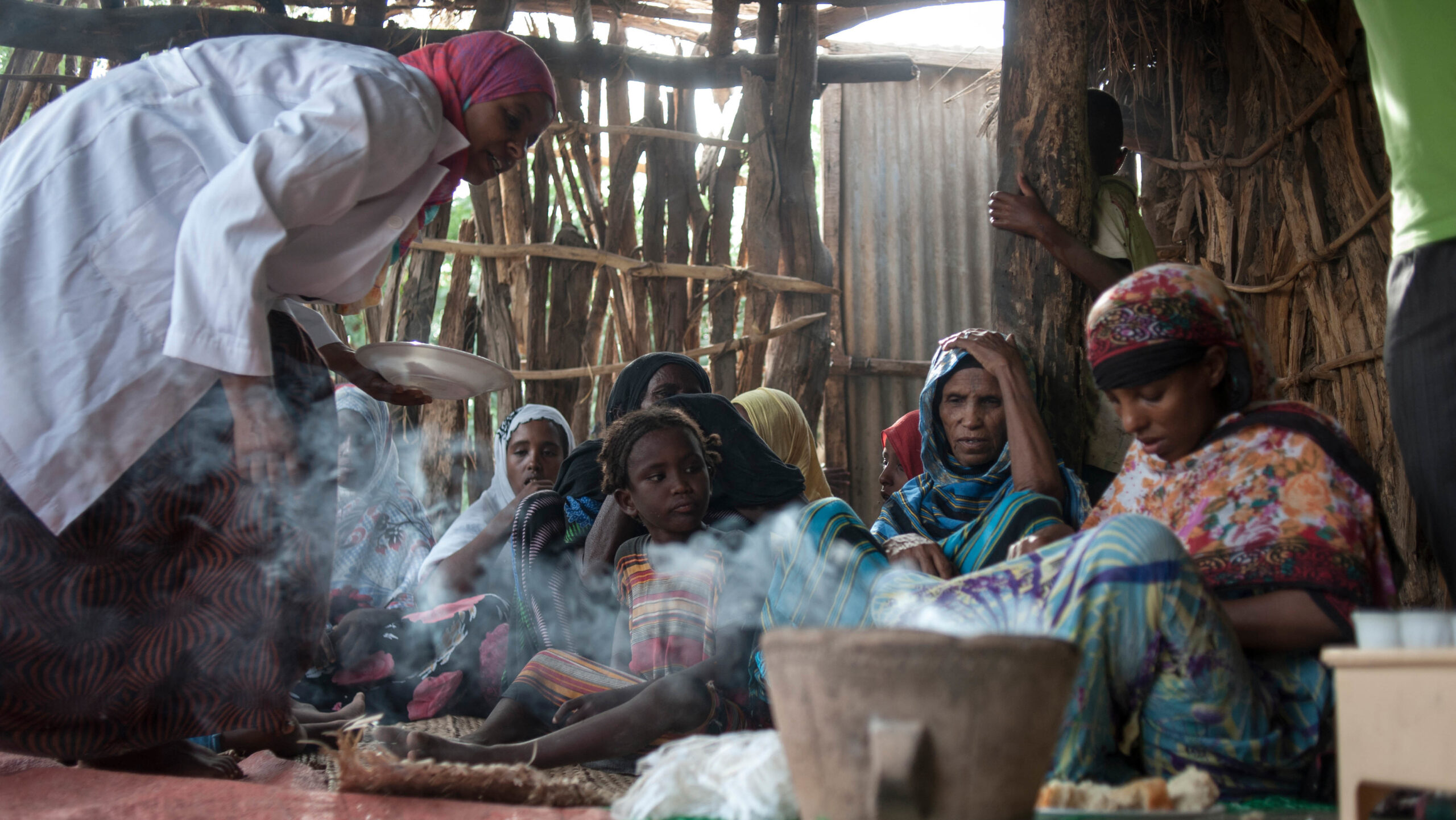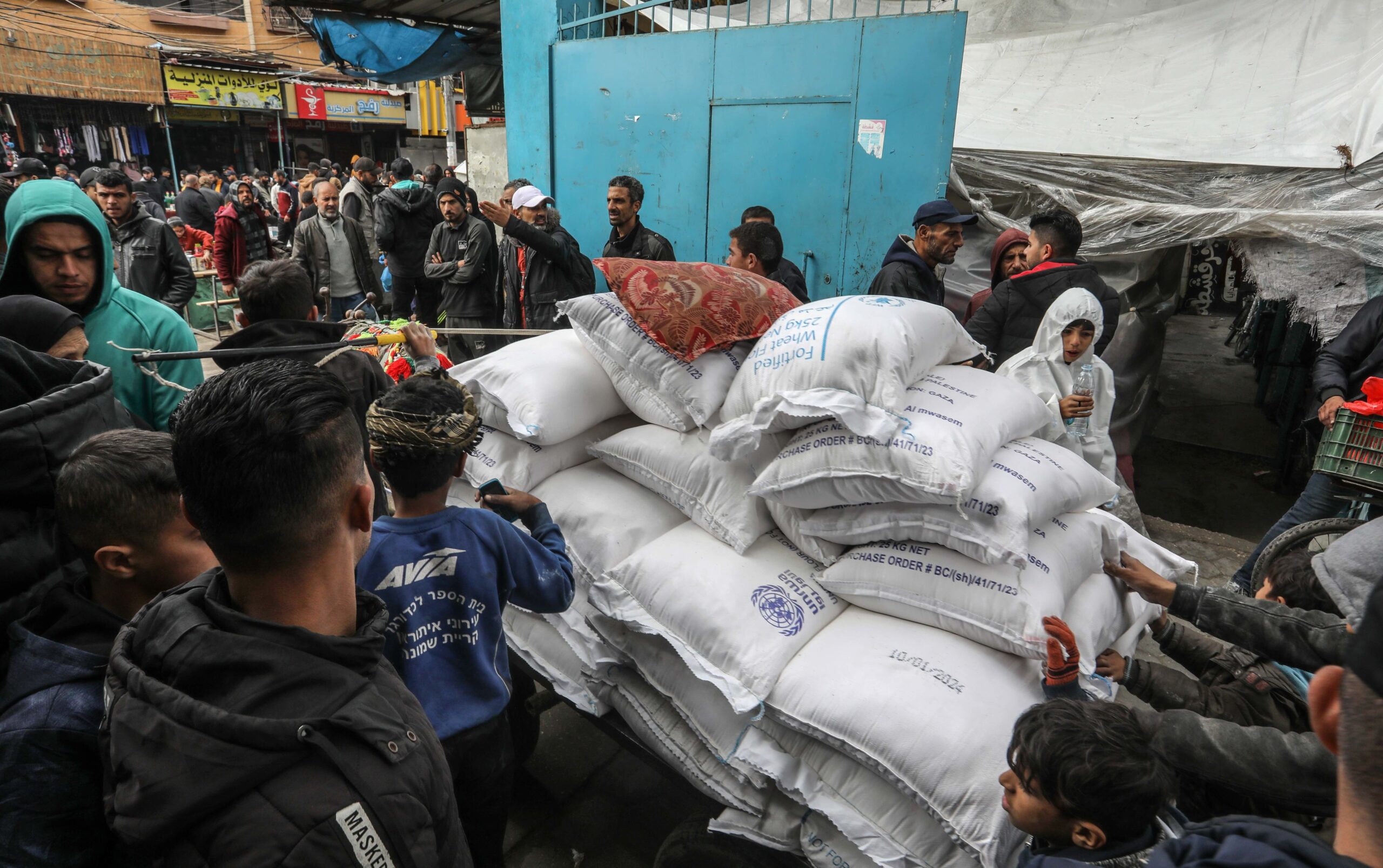In a world where data drives decisions, the importance of high-quality health and nutrition data cannot be overstated. Reliable data is the backbone of effective policymaking, intervention planning, and resource allocation—all critical for improving public health outcomes. For Ethiopia, a country grappling with significant health and nutrition challenges, the need for consistent, accurate, and timely data has never been more urgent. However, a significant gap persists between the country’s official data collected through its Health Management Information System (HMIS)—primarily using the national web-based platform District Health Information Software 2 (DHIS2)—and the estimates obtained from independent survey-based data. This shortfall in national health and nutrition data quality undermines efforts to address these challenges effectively.
This post, drawing on a recent study published in PLOS One, outlines why this gap exists, why it matters, and discusses potential solutions to close it. By addressing these problems, Ethiopia can pave the way for better health outcomes and more informed decision-making.
The need for high-quality data in the health and nutrition sector
High-quality data is the foundation of robust health and nutrition systems, enabling policymakers and program managers to develop, deploy, and track effective interventions. For instance, monitoring indicators of malnutrition rates, stunting (low height for age), wasting (low weight for age), and maternal nutrition are essential for identifying gaps and directing efforts where they are needed most. Reliable data is not just a technical requirement—it is a lifeline for ensuring equitable and effective health interventions, particularly for the most vulnerable populations.
Yet, routine health and nutrition data from Ethiopia’s HMIS and DHIS2 are often inconsistent, incomplete, and delayed, our study reveals. This data gap hinders effective decision-making, resulting in inefficiencies and missed opportunities in addressing critical health issues.
What we did: A study to understand health and nutrition data quality
To assess the quality of health and nutrition data in Ethiopia, we synthesized existing evidence by conducting a systematic review of studies on the country’s HMIS data from 2015 onward. We searched databases including PubMed, HINARI, and Google Scholar, focusing on key data quality metrics defined by the World Health Organization (WHO): Completeness, consistency, and timeliness. From 1,790 papers screened, we selected 25 studies that met our study objectives and inclusion criteria, covering various regions of Ethiopia. This comprehensive analysis provided valuable insights into the current state of HMIS data quality and its impact on health and nutrition monitoring.
What we found: Key insights from the study
Our study revealed significant gaps in the quality of Ethiopia’s routine health and nutrition data. Reporting completeness (the degree to which all required data is accurately and fully present in a dataset) varied widely, ranging from 50% to 100%. Only 21% of studies based on HMIS data achieved scores above 90%, a concerning figure given the need for comprehensive data to guide decision-making. Data consistency (uniformity and accuracy) was another major issue, with internal consistency ranging from 38.9% to 90.5%. Only 6% of studies scored above 90%, highlighting problems including indicator discrepancies and misalignment between data sources.
Timeliness of reporting was also problematic, ranging from 41.9% to 93.7%. Over half of the studies reported timeliness scores below 80%, hindering the ability to make real-time, informed decisions about health interventions. This result indicates that delays in data reporting may lead to missed opportunities for timely interventions, potentially compromising the effectiveness of health responses and outcomes.
A critical concern is that, in contrast to the numerous studies reporting on health data in the country, there is a notable lack of research examining the quality of nutrition data at the national and sub-national levels.. The few studies that did include nutrition data showed no improvement over those focusing on other health data components, highlighting a significant gap in this essential area of health monitoring. For instance, nutrition data often suffered from the same issues of incompleteness, inconsistency, and delays as other health data, which hindered the ability to accurately track progress or design targeted, effective interventions. This underscores the urgent need for focused efforts to improve the quality of nutrition data for better health outcomes.
This nutrition data gap is particularly alarming given Ethiopia’s high burden of malnutrition and food insecurity. Without accurate and timely nutrition data, policymakers and health planners struggle to identify at-risk populations, allocate resources effectively, and monitor the impact of nutrition programs. This lack of reliable data not only undermines efforts to combat malnutrition but also perpetuates cycles of poor health outcomes, particularly among children and mothers.
These findings highlight alarming deficiencies in Ethiopia’s HMIS, particularly in completeness, consistency, and timeliness. The root causes include capacity and resource constraints—emphasizing the urgent need for systemic improvements to strengthen data quality and support effective health decision-making. Addressing these gaps, especially in nutrition data, is critical for improving health outcomes and ensuring that interventions reach those who need them most.
The data gap in Ethiopia: What should be done?
The findings of this study are clear: Ethiopia’s HMIS, including nutrition data, is in crisis. However, this challenge is not insurmountable. Concrete actions can be taken to improve data quality and bridge the gap between routine health data and survey estimates.
First, adequate resources must be allocated to enhance infrastructure, technology, and human resources for reliable data collection and reporting. Second, health workers need comprehensive training that goes beyond just improving their technical capacity. This should include not only technical skills in data collection, reporting, and analysis but also behavioral and motivational training. While enhancing technical capacity is crucial for accurate data handling, fostering a mindset of ownership, accountability, and commitment is equally important. Regular training and refresher courses should be incorporated, focusing on both technical competencies and motivation to encourage consistent high-quality work. Third, effective supervision and regular feedback loops are essential to ensuring better data quality. Supervisors should regularly review reports, offer constructive feedback, and provide encouragement, fostering a supportive environment that motivates staff to maintain and improve their performance.
In addition, investing in robust data management systems, mobile health applications, and better internet connectivity will enhance data efficiency, timeliness, and accuracy. Finally, critical nutrition data remains underreported. Efforts should be made to comprehensively collect and report nutrition-related data, ensuring that key issues like malnutrition are accurately tracked and addressed.
Conclusion
Ethiopia’s health and nutrition data gap is a pressing issue that requires immediate attention. By addressing the root causes of inconsistencies and implementing targeted solutions, the country can strengthen its HMIS, improve data quality, and ultimately enhance public health outcomes. Reliable data is not merely a tool – it is a pathway to a healthier, more equitable future for all Ethiopians.
Taddese Zerfu is a Research Fellow with IFPRI’s Development Strategies and Governance (DSG) Unit based in Addis Ababa, Ethiopia. Opinions are the author’s.
Referenced paper:
Zerfu TA, Genye T, Tareke AA (2025) Quality of routine health and nutrition data in Ethiopia: A systematic review. PLoS ONE 20(3): e0316498. https://doi.org/10.1371/journal.pone.0316498







